What’s So Special About Pakistani Rugs?

A home is never complete without a Rug. Rugs add warmth and liveliness to your room. In winter sitting on a handmade rug can feel like a warm hug. Perfect Pakistani rug is a symbol of traditional charm and luxury. Pakistani Rugs are popular all over the world for their exquisite craftsmanship and timeless beauty. Rugs in Pakistan are a true testament to Pakistan’s rich heritage and artistic background.
It all started back in the 11th century when the culturally rich land of South Asia began to drape their floors with beautiful rugs. From then till this date, the art of carpet weaving continued. Artisans who spent their days knotting rugs in the busy cities of Lahore, Karachi, and Faisalabad became popular.
Excellent Quality!
Meticulously hand-woven Pakistani Rugs are the fruit of Pakistani rug weaver’s labor. These rugs reflect the skills passed down to generations. One of the distinguishing features of Rugs in Pakistan is their excellent quality. Most of Pakistani Rugs are handcrafted with premium quality materials like wool, silk, and sometimes a blend of both. This blending helps ensure premium quality with a long shelf life and makes it highly durable. A blend of silk and wool is a luxurious texture created for people who want to feel comfort and hand-woven excellence under their feet. These rugs often have intricate designs and patterns, ranging from gul designs to geometric afghani designs. They are carefully hand-knotted with precision and attention to detail. The colors of Pakistani Rugs are diverse ranging mostly in blue, red, white, and black hues. Most of the handmade rugs are in earthy tones and bold hues. This versatility allows Pakistani Rugs to blend with various interior designs. They serve as a statement piece of an elegant complement to your room décor and comfort.
Pakistani Rugs and their Popularity!
Manufacturing Rugs in Pakistan is an ages-old tradition passed down to generations. Once the subcontinent was conquered by Muslim emperors they began to spread their traditions, foods, and culture all over the subcontinent. Rugs were a part of this transition. People used to produce wool and silk back then but with this transition they began to use their high-quality wool for rug weaving. Soon after independence, Pakistani Rugs became a staple of every household. The rug weaving skill was passed down from generation to generation and kept the legacy alive. Hence today we find the Pakistani Rugs with a distinct essence coming from the Mughal Era and separation tales.
Here is a lot more to Pakistani Rugs in history that any rug enthusiasts would love to find out. But this is not the only reason why Pakistani artifacts are so in demand.
Reasons why Pakistani Handmade Rugs are a Must-Have!
If you are thinking of investing in Pakistani Rugs opt for the handmade options. They are highly durable, comfortable to walk, and they are a symbol of Pakistani culture. Handmade rugs and carpets are the reason why Pakistani Rugs are popular all over the world. They are the fruit of our skilled craftsman day and night labor. Rug weavers in Pakistan are from different regions of the Middle East. Many of them also belong to Central Asia and South Asia, for many centuries they learned and mastered the skill of rug weaving. Today countries in these regions are the biggest exporter of handmade rugs. Among all of them, Rugs in Pakistan have a significant marketplace. If you are wondering what makes Pakistani Rugs so worthy of attention and value as floor décor, then you have come to the right place. We have listed up qualities of Pakistani Rugs in the Handmade collection.
100% Handmade
If you are buying from an authentic rug dealer in Pakistan you will notice a distinctive quality product. This quality is because they are always 100% handmade, without a doubt.
No matter what rug design or type you choose authentic rugs, each one of them is crafted over a long period. You might not believe it but sometimes only 1 rug can take 6 months to 24 months period depending on size and dimensions. Yes, they are expensive but they are no doubt worth all the money. Rug weavers use intricate weaving techniques focusing on every detail of carpets and rugs. But it could be hard for you to identify a handmade rug among so many machine-made options. Here are a few tips for you,
- The underlayer of machine-made rugs is always so closely knotted and absolutely a machine work. Yet a handmade rug would be uneven and with a lack of symmetry.
- Handmade rugs have each knot tied separately so that the design pattern can have straight lines.
- If rug fringes are different from the rug fabric there is a high chance that this is machine-made. They are glued or sewed individually sometimes. In handmade rugs fringes form naturally and they are also of the same fabric.
High Knot Density
Pakistani Rugs are known to have high knot count or density. Which means a high number of knot counts per square inch. We are talking in comparison to carpets crafted in Afghanistan, India, Iran, or any other country.
High knot density is important for the maximum durability of rugs. Pakistani Rugs have this selling point they can withstand the weight of heavy furniture, as well as high foot traffic for years. People pass down their used rugs to their children and it keeps going for generations.
Use of Ancient Knotting Techniques
Carpet weaving is an art and our craftsmen have mastered this skill over time. Today Pakistani rug weavers are using centuries-old weaving techniques. Which is the reason behind the remarkable quality of rugs in Pakistan. Today Pakistani weavers are practicing old asymmetrical Persian knots mostly. Other rug weavers use the Ghordies knotting technique or the Senna knot to provide a consistent quality rug that can be passed down to generations.
These techniques help Pakistani Rugs gain their unmatchable excellence around the globe.
Use of High Quality Natural Products
Pakistani Rugs are mostly high-quality cotton and wool. In the early days, rug weavers used harvested materials, handspun the wool, and dyed it. Rug weavers never compromise on the quality of dye and pick natural dyes instead of synthetic options. Although weavers today, do not harvest wool from scratch but dye usage is still 100% natural and authentic.
Pakistani rug weavers also use silk for weaving their rugs. They are used to enhance the walking feel and for an elegant look. Silk rugs are considered more elegant and luxurious with vibrant colors better than wool.
The best part about Pakistani rug materials is that they are all-natural and environment-friendly.
Wide Variety of Designs and Styles
Pakistani Rugs come in 50 different types and styles. Making them suitable for every room’s needs. The individuality of each type is secured with captivating designs and unique patterns. This means the piece you will install in your home might be the only one of its type in the market. Sometimes with no similar copies in the world. Here are a few popular Pakistani rug types,
Chobi rug
Afghani rug
Bokhara rug
Kilim rug
Baluchi rug
Here are more types and designs of Pakistani Rugs available. We also have a huge variety, you can check our website and find your best home décor. We understand the value of Rugs in Pakistan and keep the promising quality of rugs alive at Imam Carpets.
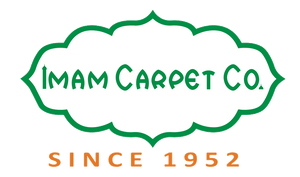

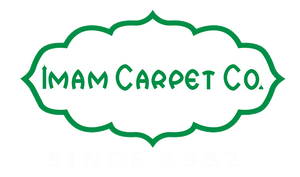

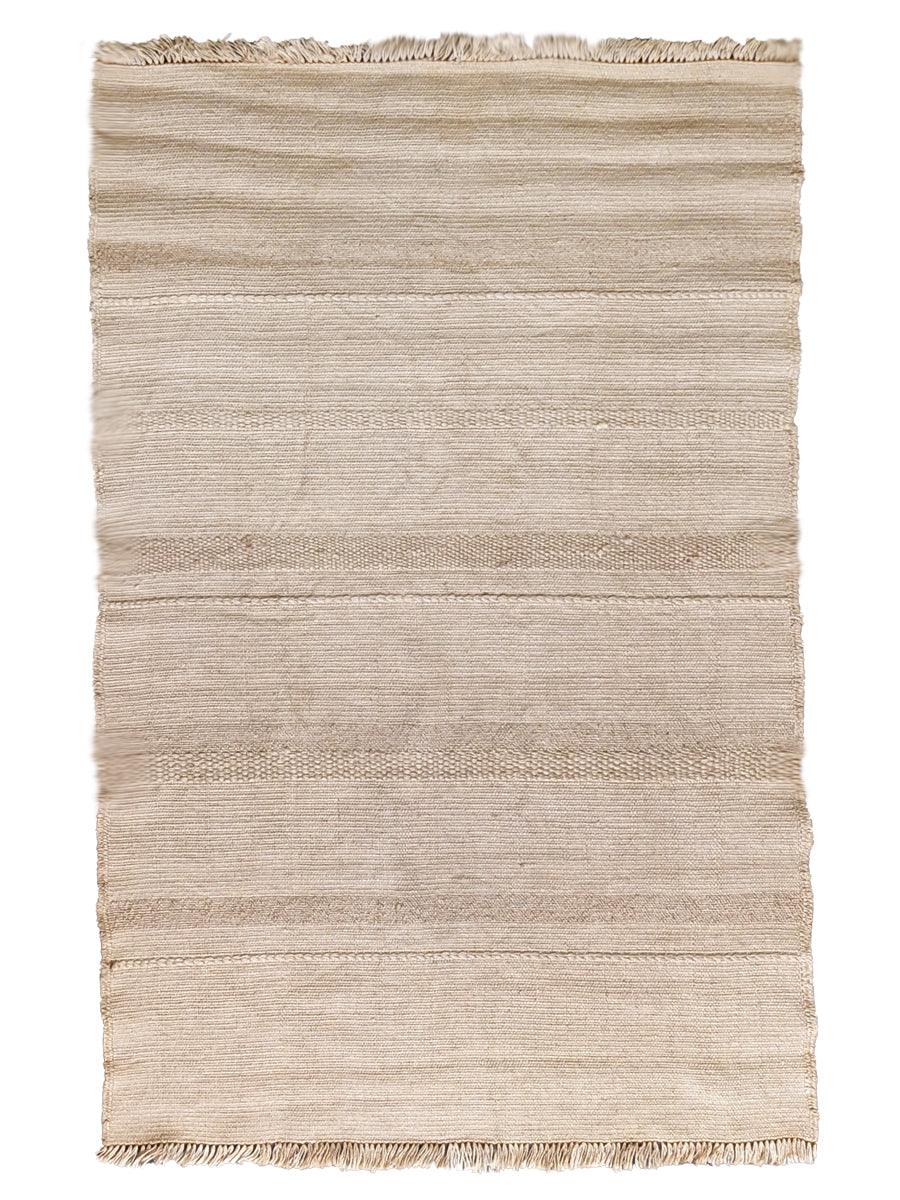
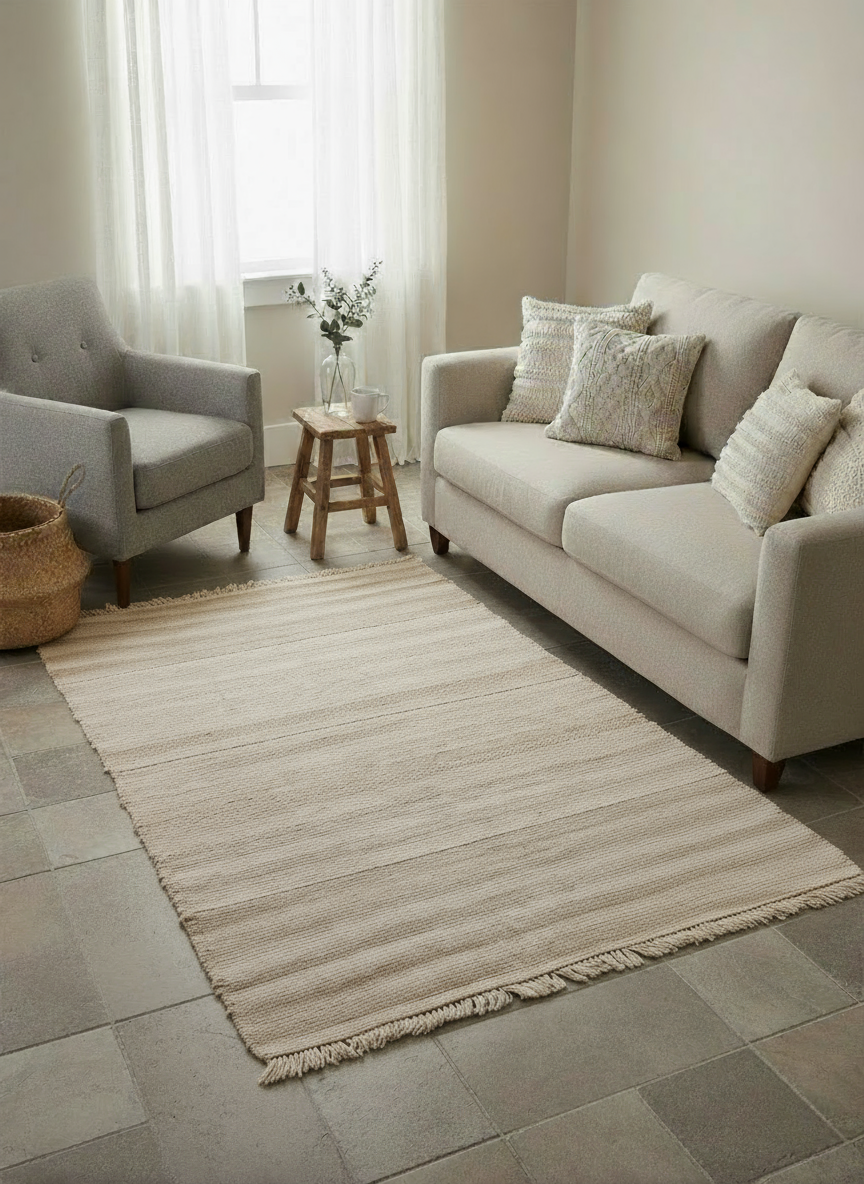
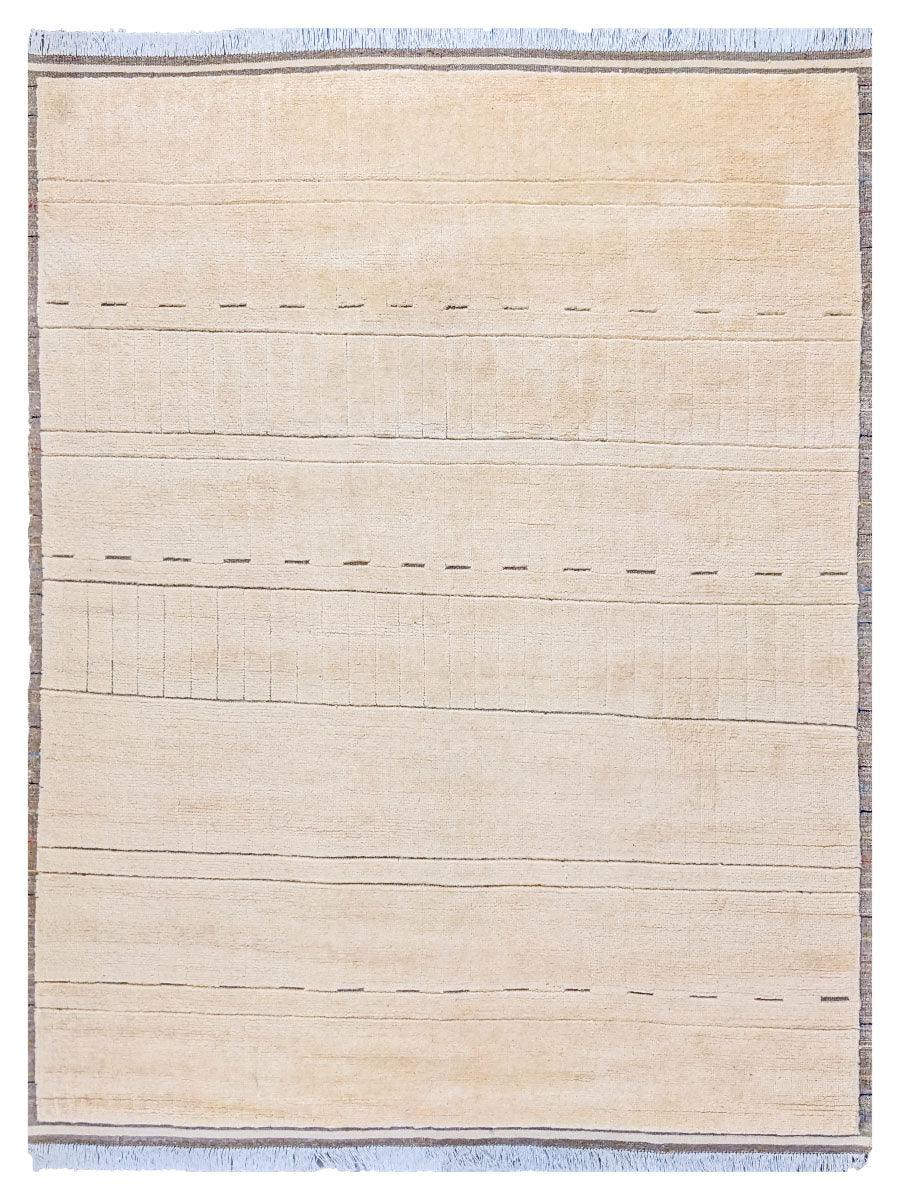
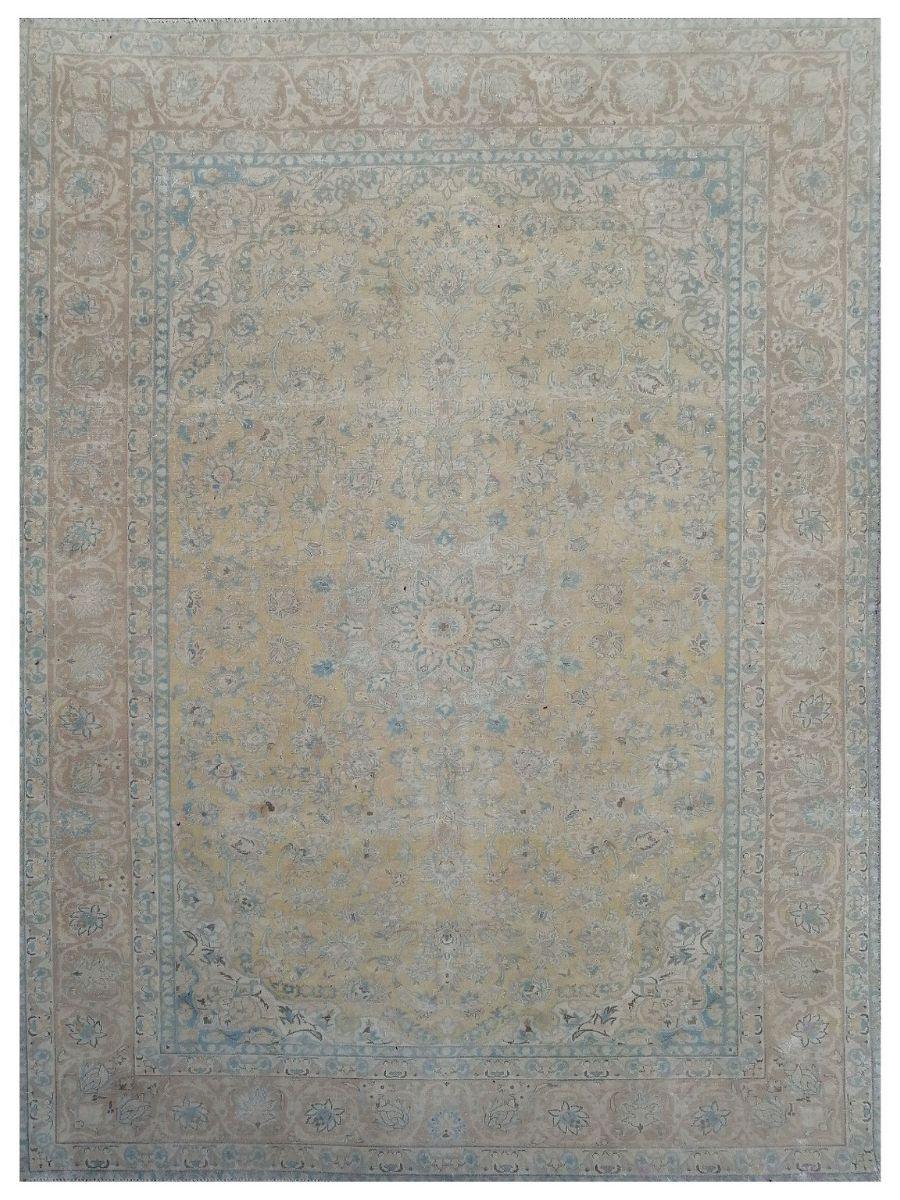
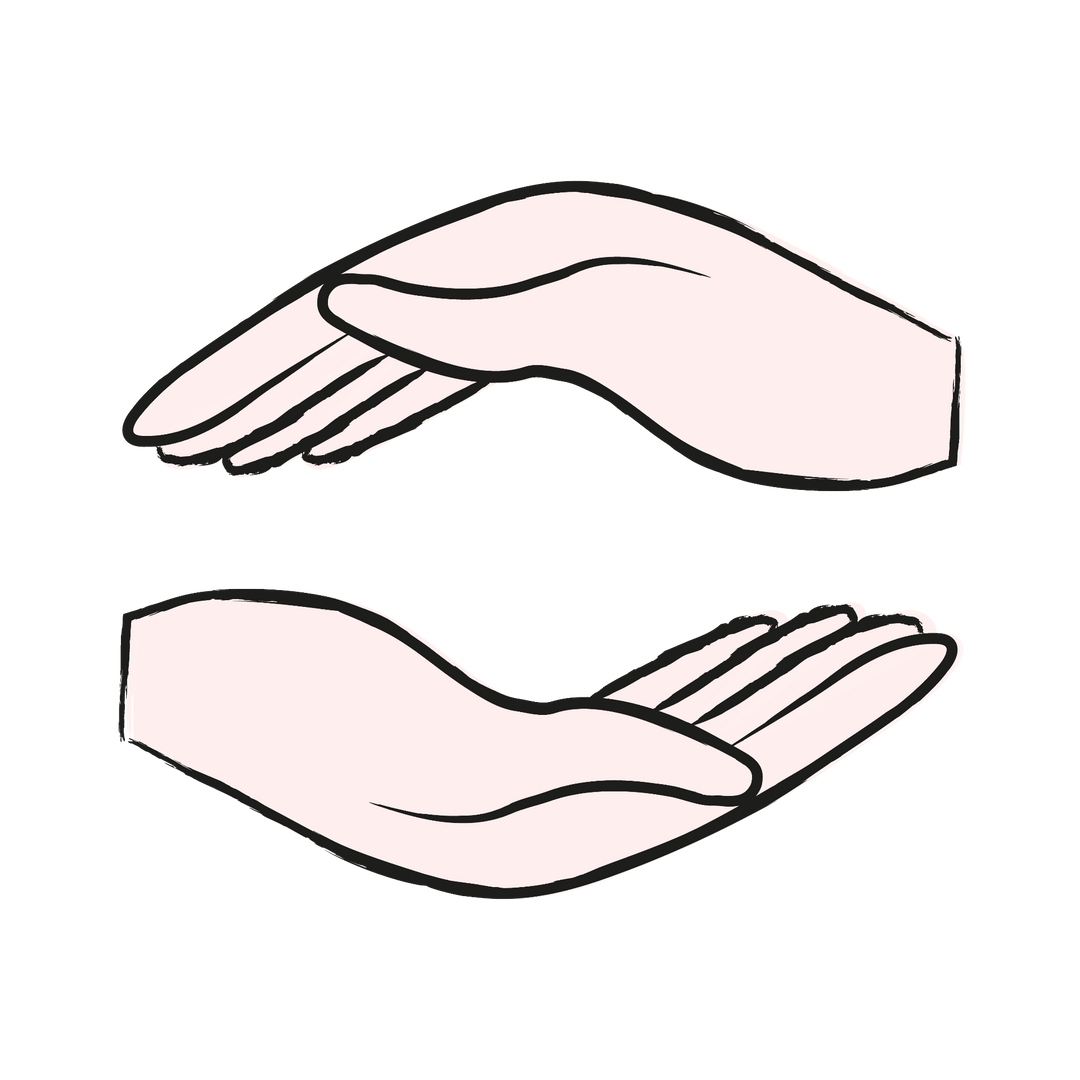
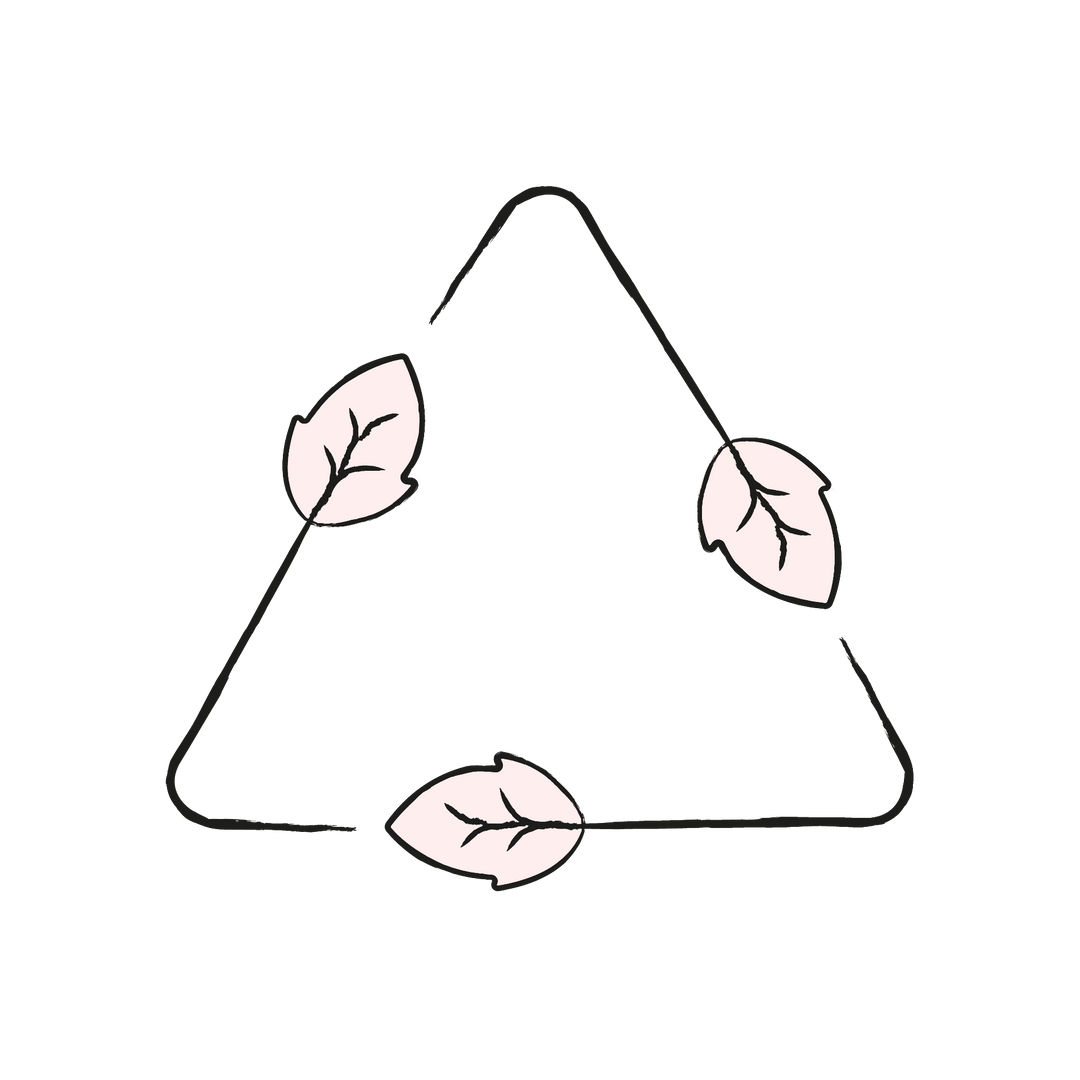
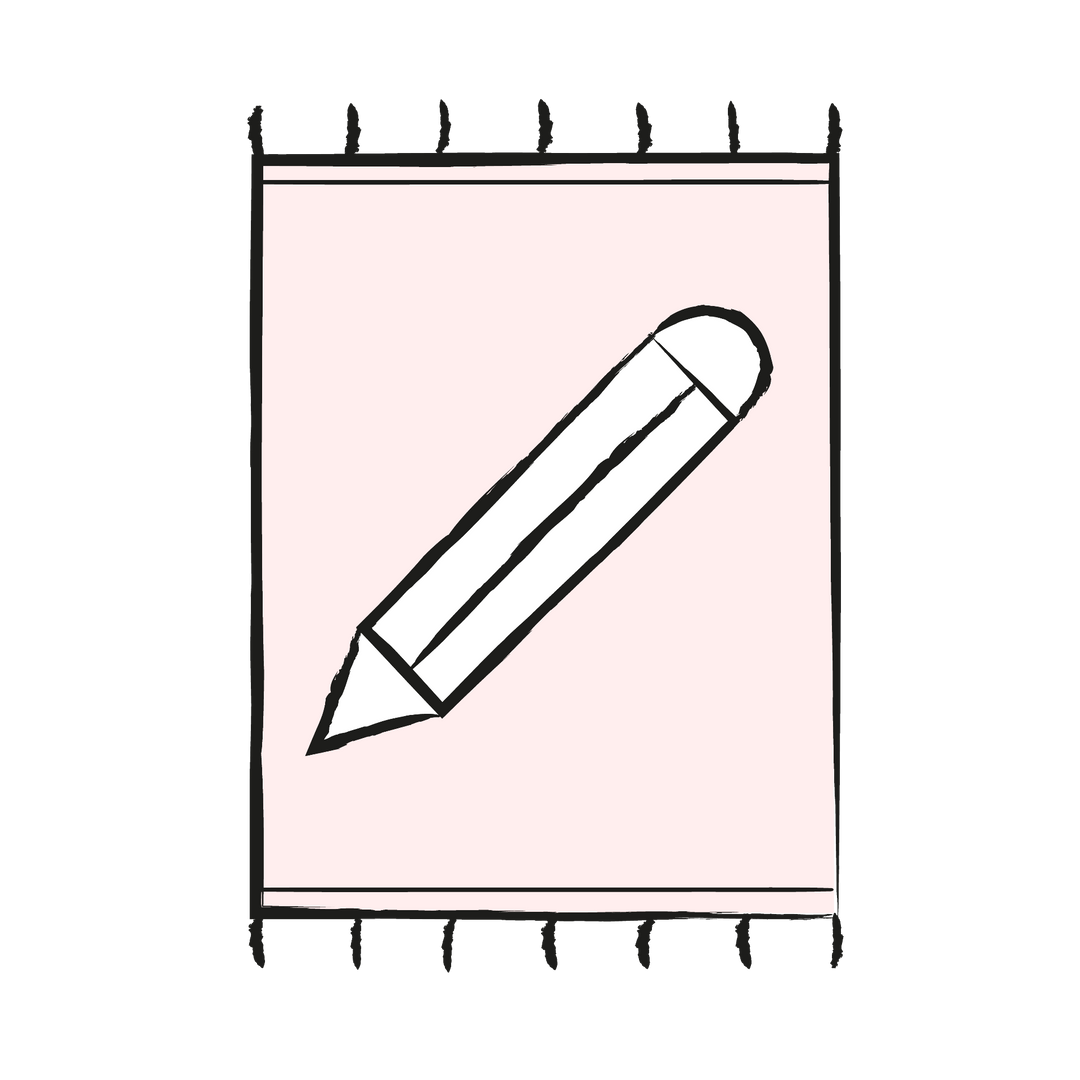
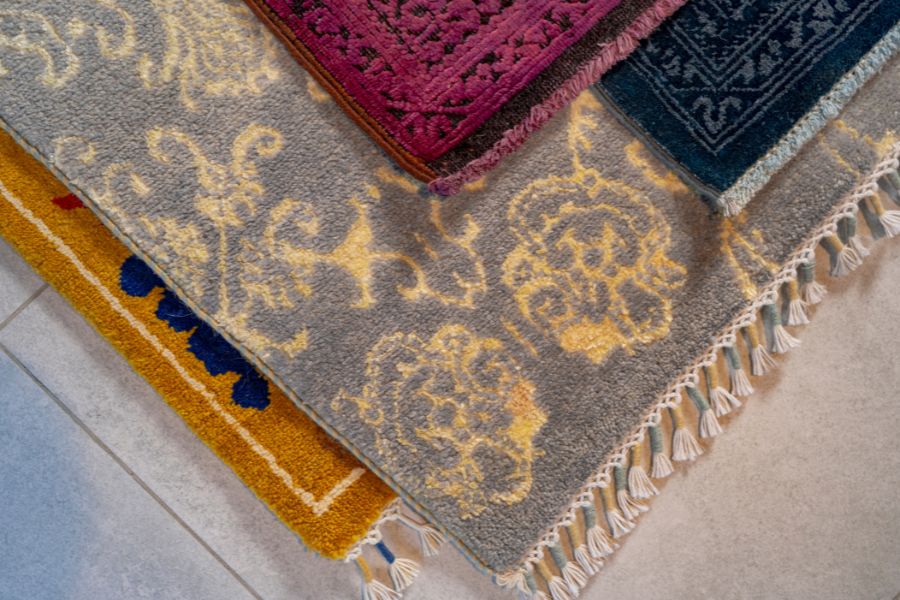
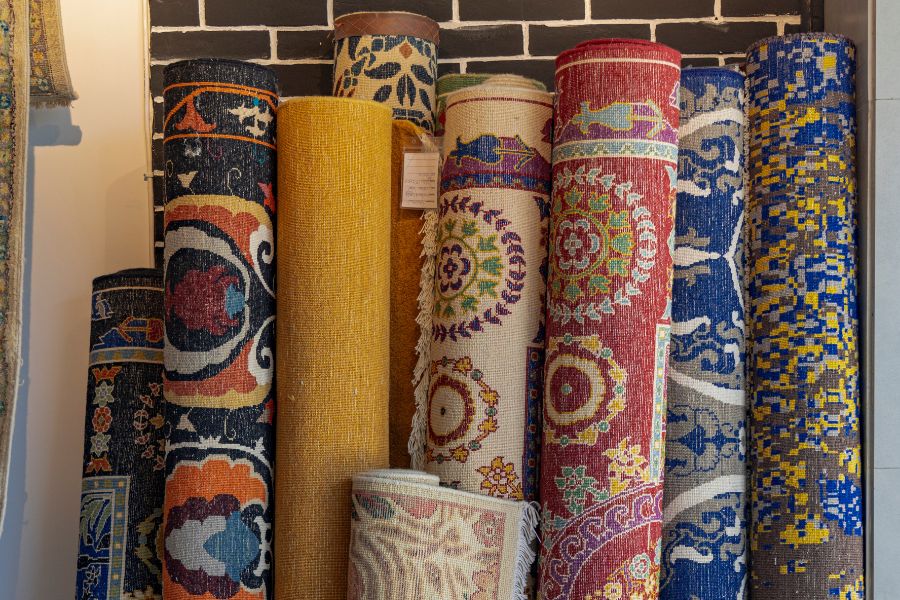
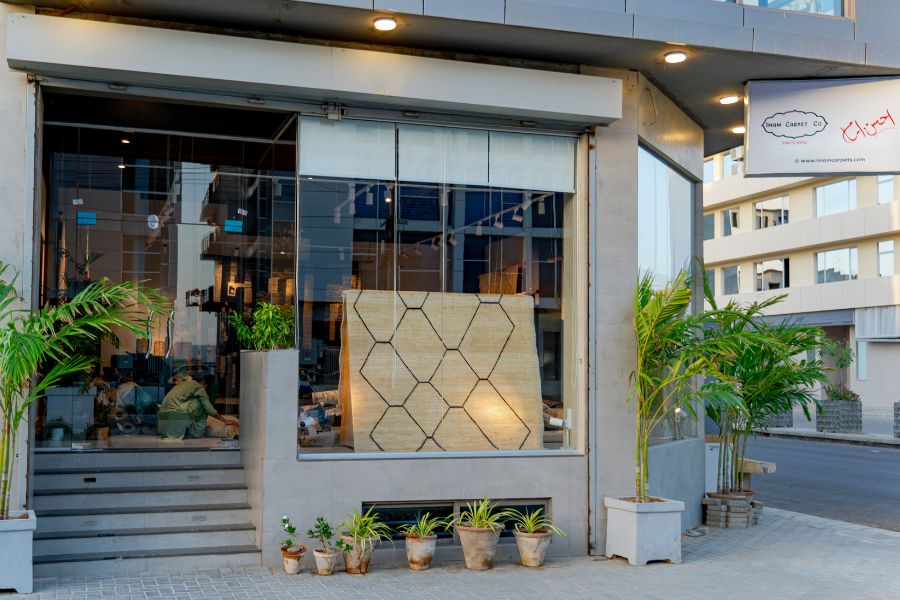
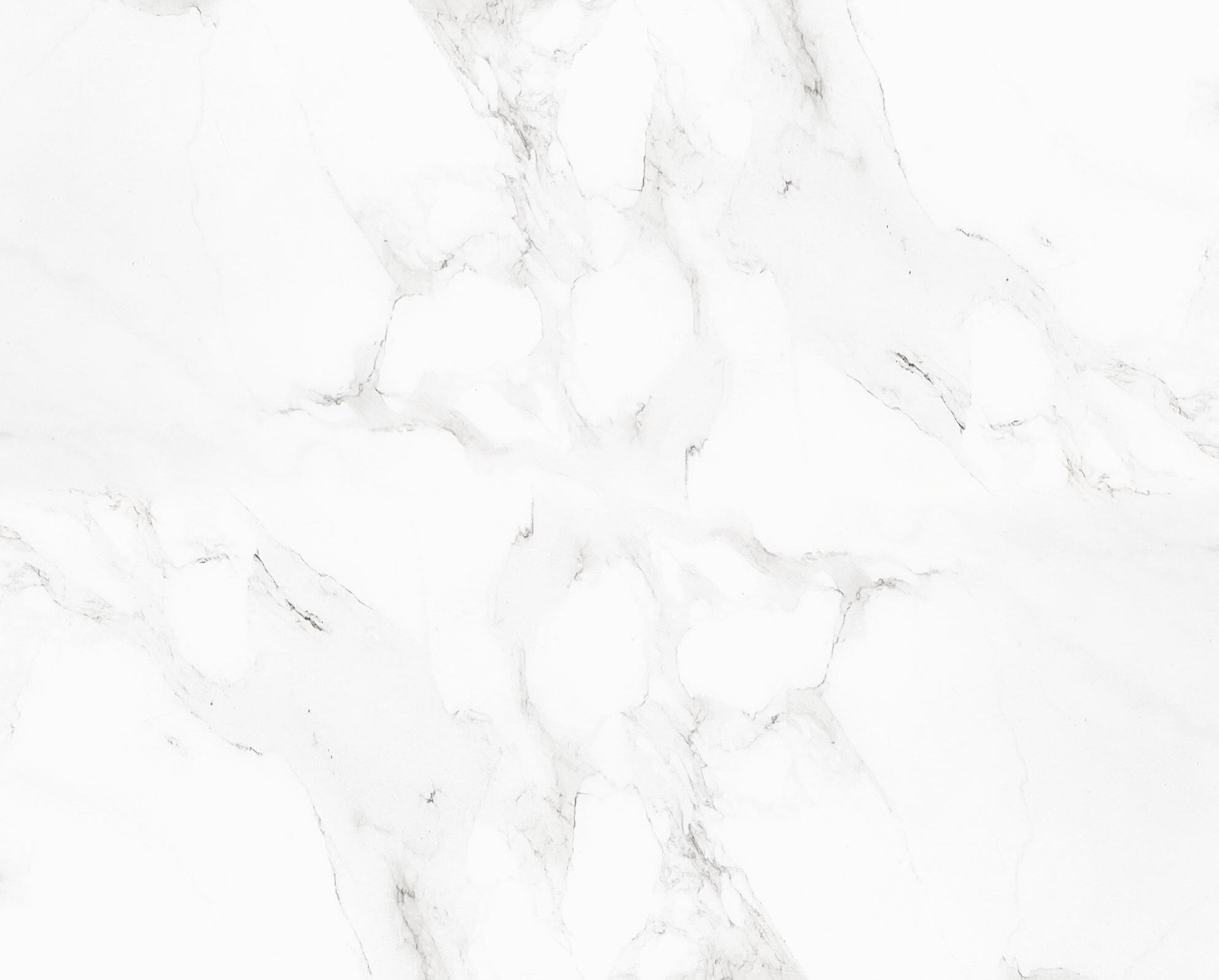
Hinterlassen Sie einen Kommentar